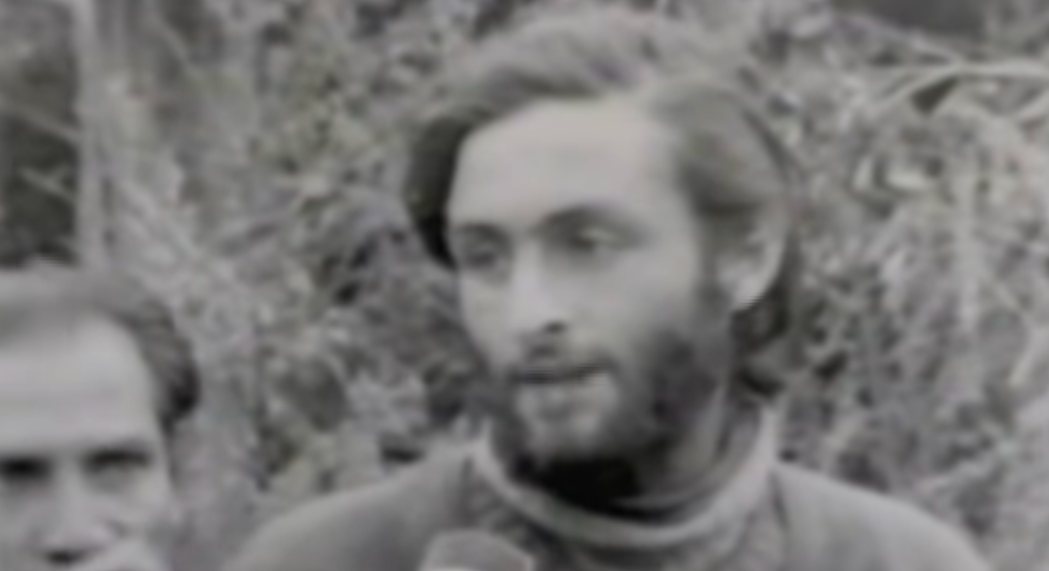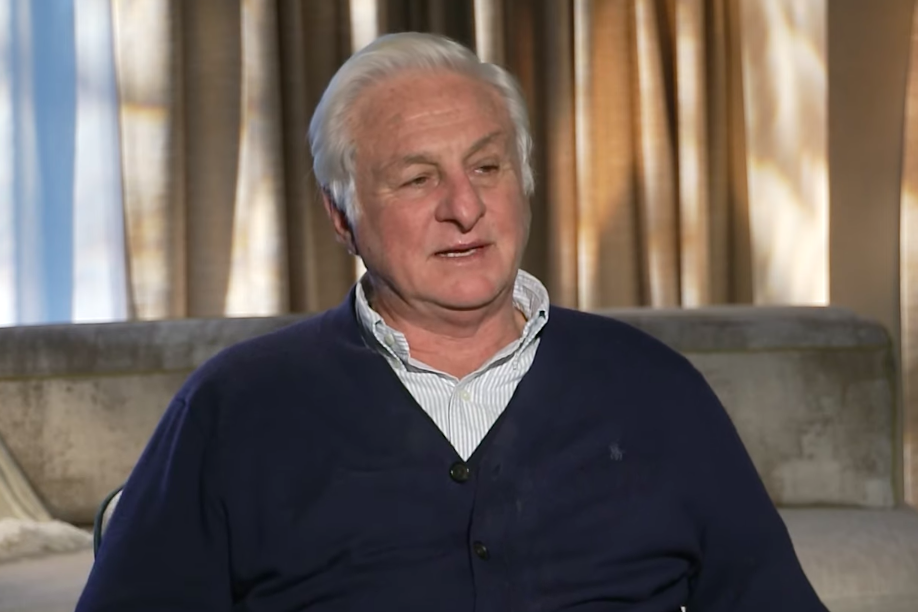Roberto Canessa: Where is Andes Flight 571 Plane Crash Survivor Now?
J.A Bayona’s ‘Society of the Snow’ tells the harrowing true story of the passengers of Flight 571 and their efforts to stay alive in the face of certain death. Things get from bad to worse to even worse for the survivors as they find themselves continually at odds with their surroundings, hoping to make it…
J.A Bayona’s ‘Society of the Snow’ tells the harrowing true story of the passengers of Flight 571 and their efforts to stay alive in the face of certain death. Things get from bad to worse to even worse for the survivors as they find themselves continually at odds with their surroundings, hoping to make it to the next day and then the next day. While the story gives equal footing to all the characters, there are some that play a larger role. Roberto Canessa is one of them. What happened to him in real life?
Roberto Canessa Survived 72 Days in the Andes
Born in Montevideo on January 17, 1953, Roberto Canessa was a 19-year-old medical student and a part of the Old Christians Club rugby union team when he boarded Flight 571. Describing the crash, Canessa revealed that he felt “incredible force” but was surprised to realize he was alive when it all stopped. He was one of the crash survivors who didn’t sustain any injuries. Being a medical student, Canessa immediately took to helping the injured with Gustavo Zerbino.
Eventually, when the survivors decided it was time for them to find rescue, Canessa was one of the people, along with Nando Parrado and Antonio Vizintín, who prepared to leave for the task as uncertain as humungous. To prepare them for the arduous journey, they were given time to focus on building their strength while getting more food than other survivors. Canessa advised they embark on the expedition once the temperatures had increased, and the group acted on it, leaving on December 12, a day after Numa Turcatti’s death.

After hiking for a few days, the trio realized they’d need to extend their journey. It was decided that Vizintin would return to the fuselage so that Canessa and Parrado could use his rations to keep moving forward. The duo walked 61km in ten days, with Canessa weighing only 44kg and completely exhausted by the end of the journey. Later, Canessa revealed that he had seen a path due east, but the duo decided to go west, and he learned after the rescue that going east would have been an easier journey.
When the passengers started discussing the idea of eating the dead, Canessa was in favor because he knew that soon their bodies would start to deteriorate without food, completely killing any chances of their survival. Reportedly, he used a shard of broken glass to cut a small piece of meat and “steeled” himself to set the example by eating it first. By the end of the 72-day ordeal, Canessa said he’d “done things that [he] never in [his] darkest nightmares imagined [he’d] have to do.” He also stated that had he died, he would have been proud to give up his body to ensure the survival of his friends, which is what the others would have done too.
Regarding his will to survive the 72 days, Canessa said it was more about why than the how. He talked about an incident where he visited the mother of a friend who had died and how his own mother felt at the time. She said she would die of sadness if one of her children ever died. Canessa kept his mother in mind in those 72 days. He didn’t want her to experience the grief of losing a child and kept himself focused on surviving and getting out of the mountains.
Roberto Canessa is Today Serving the Society
Now in his 70s, Roberto Canessa is a pediatric cardiologist. He is married to Laura Surraco, who was his girlfriend before he boarded Flight 571. They have three children: Hilario, Roberto Martín, and Laura Inés. Hilario is named after the mountain San Hilario in the Andes, which is where the plane crashed.

After their rescue from the Andes, Canessa continued with his studies at the University of Republic and specialized in pediatric cardiology. Having been through the harrowing experience and surviving it against all odds, he considered it his duty to make something of himself and not let his life go to waste. He especially owed it to his fellow passengers who died in the Andes. He revealed that on their return, the survivors decided to talk to the families of the deceased first about what had happened in the mountains, believing that they should hear about the cannibalism from the survivors rather than from the news. He and the survivors were glad to discover that the families empathized with and supported them. This made Canessa even more dedicated to leading a meaningful life because he didn’t want the families of the deceased to feel that life was wasted on him.
True to his intentions, Canessa has completely given himself to helping people his entire life. He has worked at the Italian Hospital of Montevideo and the Hospital Pereira Rosell and served as the vice president of the Fundación Corazoncitos. He is a three-time recipient of the National Award of Medicine in Uruguay. He was named the Honorary Fellow of the American Society of Echocardiography in 2015 and the American College of Cardiology in 2019. In 2020, he helped create respirators for ICUs with the help of a group of volunteers and delivered cheap but efficient ventilators that helped save many lives in his country.
Canessa also tried his hand in politics and ran for the President of Uruguay in the 1994 general election, though he didn’t get enough votes. Reportedly, he was offered Vice Presidency at a point, but he turned it down. In 2016, his book ‘I Had to Survive: How a Plane Crash in the Andes Inspired My Calling to Save Lives,’ co-authored with Pablo Vierci, was published. Remembering the day of the crash and the day of the rescue, Canessa reunites with the survivors as well as with the families of the victims every year. The annual gathering has been expanding each year as more family members of the passengers have been joining it.
Canessa believes that he survived the crash and the following two months, majorly because he was lucky. He was also propelled by the fact that it was on him to stand for the passengers who couldn’t and to live for those who had died. He says that he and his fifteen friends didn’t survive because they ate the dead; they survived because they worked as a team, and whatever they did was for everyone, not just for a single person. He hopes that people learn from their story and are inspired to live their lives as best as they can. He believes that one “shouldn’t wait for [their] plane to fall to enjoy and be grateful for life.”